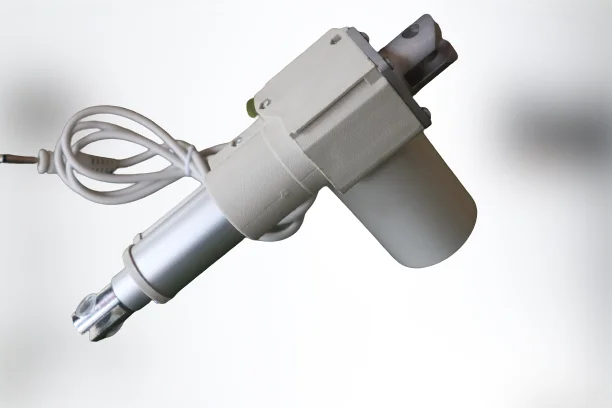In the world of automation and precision engineering, linear actuators play a vital role. These ingenious devices have found their way into various industries, offering efficient and controlled linear motion. If you’re curious about linear actuators, their functions, types, and applications, you’ve come to the right place. Welcome to the Linear Actuator Shop blog, where we’ll unravel the mysteries behind these remarkable devices.
Understanding Linear Actuator
A linear actuators is a mechanical device responsible for converting rotational motion into linear motion. Electric actuators, which are our focus, utilize electrical energy to drive this transformation. One common example is the push-pull linear actuator, which converts the rotational motion of an electric motor into linear movement.
How Do Linear Actuators Work?
Linear actuators function by employing a mechanism that includes a motor, a gearbox, a lead screw, and a nut. When the motor turns, the gearbox increases torque and directs it to the lead screw. The nut, which is threaded onto the lead screw, moves along the screw as it rotates. This movement translates into linear motion, making linear actuators ideal for applications that require controlled movement along a straight path.

Types of Electric Linear Actuator
Linear actuators come in various types, each designed for specific applications. These include:
- Telescopic Electric Actuators: Designed for applications requiring varying levels of extension, such as adjustable desks or medical equipment.
- Compact Electric Actuators: Smaller units suitable for applications where space is limited.
- Industrial Electric Actuators: Heavy-duty actuators used in manufacturing, automation, and other industrial processes.
- Aerospace Linear Actuators: Precision actuators used in the aerospace industry for various mechanisms.
- Furniture Linear Actuators: Integrated into furniture for adjustable features like recliners and beds.
Applications of Linear Actuator
The applications of linear actuators are vast and diverse:
- Healthcare and Medical Furniture: Linear actuators are used to adjust hospital beds and other medical furniture, providing comfort and ease of use for patients and medical professionals.
- Automation Systems: Linear actuators are crucial in industrial automation, precisely controlling the movement of robotic arms, conveyor belts, and assembly lines.
- Agriculture: In agricultural settings, Electric linear actuators help control ventilation systems, greenhouse windows, and other agricultural machinery.
- Automotive: Linear actuators contribute to car door and window mechanisms, enhancing user convenience.
- Aerospace: Linear actuators aid in controlling various mechanisms in aircraft and spacecraft, ensuring smooth and precise operation.
Kathir Sudhir Automation Solutions: Pioneering Excellence
One prominent player in the realm of linear actuators is Kathir Sudhir Automation Solutions. Based in India, this company specializes in providing advanced automation solutions, including top-notch linear actuators. With a diverse product range and a commitment to innovation, they’ve become a trusted name in the industry.
Conclusion
Linear actuators, particularly electric ones, have revolutionized the way we approach automation and controlled linear motion. From healthcare to manufacturing, these devices have become indispensable components of various industries. Understanding their functions, types, and applications can open doors to creative solutions across different sectors. So, the next time you witness a smooth, controlled movement, remember that there might be a linear actuators behind the scenes, making it all possible.
